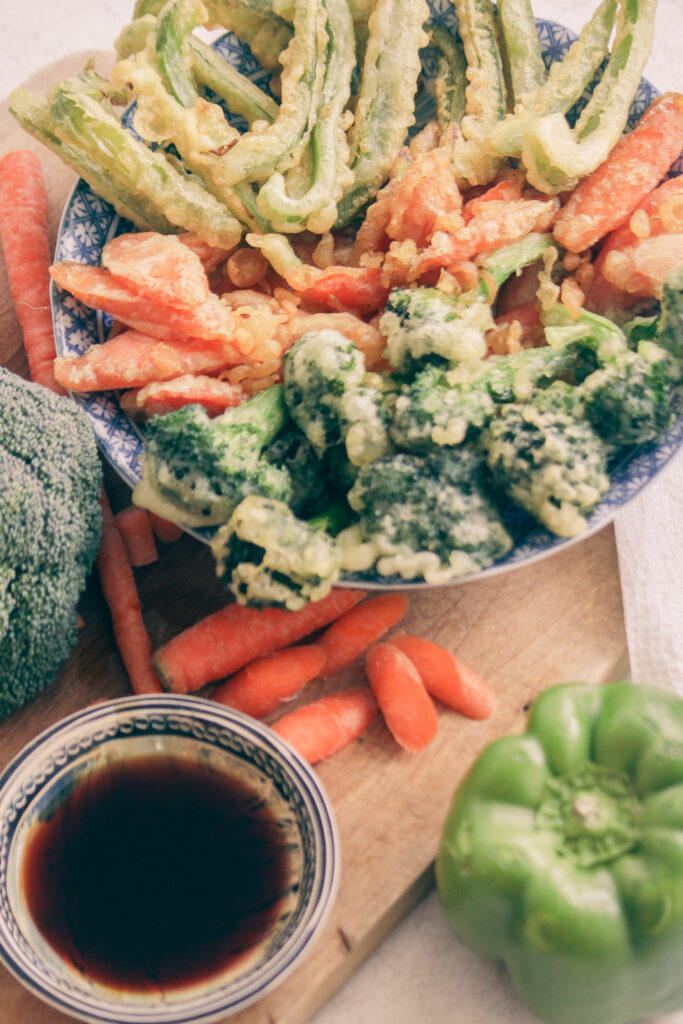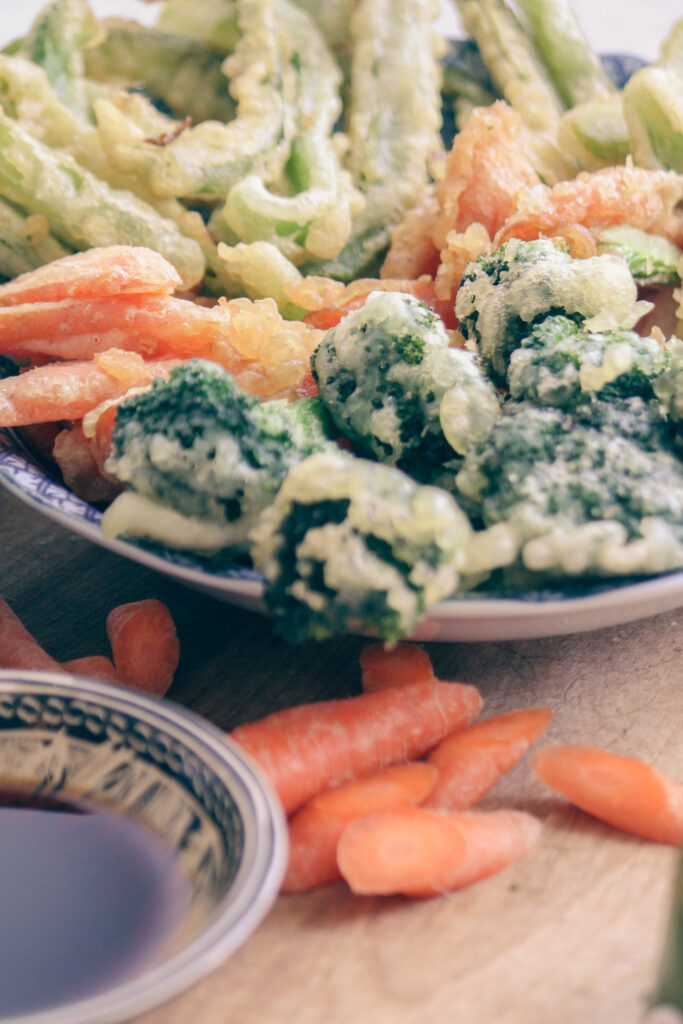
History
While Ember Days might be an unfamiliar celebration to some of us, their placement next to feasts of the Christian calendar, occurrence four times of year, and rich history and legacy led to various traditions that accompanied them.
The traditional dates for Ember Days are the Wednesday, Friday, and Saturday following certain feast days of the Church that also happen to fall in each of the four seasons. They occur after St. Lucia’s Day on December 13th for the winter, after the first Sunday in Lent for the spring, after Pentecost for the summer, and after Holy Cross Day on September 14th for the autumn.
Because of this seasonal rotation, each of these Embertides is also related to certain harvests of the year: winter = olives, spring = flowers, summer = wheat, and autumn = grapes. Thankfulness for these bounties became liturgically important as each of these harvests relates to the life of the Church: the olives of winter make oils, the flowers of spring feed the bees that make wax used for candles, the summer wheat turns into bread, and the autumn grapes turn into wine.
As you can imagine, these symbols have provided many opportunities for Christians to commemorate the Ember Days and the ways in which their specific seasonal harvests relate to the life of the Church.
However, the historic traditions for Ember Days don’t just focus on agricultural bounty and, if anything, have shifted over time more and more to reflect the liturgical themes of each season as well as an overall air of “humiliation and prayer,” like we mentioned in our overview post. Within the Lutheran sphere, Ember Days often focused on repentance and catechesis, days for individual confession and absolution, praying the Litany, and singing hymns of confession. They were also days on which men were ordained to the holy ministry.


Ember Day Tempura
Keeping all of this history in mind, one can find many traditional culinary customs to utilize as part of their Ember Day commemorations. One of the most unusual might be the custom of making and eating Japanese tempura! Derived from the Latin phrase, quatuor tempora, the meaning of which we broke down in our introductory post on Ember Days, this culinary style was directly named after its use on the Ember Days.
Its origins stretch back to the sixteenth century when Jesuit missionaries from Spain and Portugal settled in Nagasaki. They helped to instigate a culturally acceptable way to eat meatless dishes with the invention of tempura! Consisting of deep-fried vegetables and seafood, this type of fasting food is delectable and provides a variation from the foods that you might normally be accustomed to consuming during other penitential days of the year.
Ingredients:
1/2 cup flour
1/2 cup cornstarch
1 teaspoon baking soda
1 teaspoon baking powder
½ teaspoon salt
1 cup cold sparkling water
Oil for deep frying
Your choice of things to dip; shrimp, scallops, and vegetables like carrot, bell pepper, zucchini, broccoli, sweet potato, and green beans.
Instructions:
- Sift together the dry ingredients and measure out the water. Place both the separate dry ingredients and water in the fridge to chill for 20 minutes.
- Prepare the seafood and vegetables by slicing thinly. Then lightly dust each piece with flour and chill until the oil is ready.
- Begin heating the oil over medium heat. Meanwhile, combine the chilled dry ingredients with the water by gently tapping the batter down into the water until a lumpy and floury mixture forms, but then stop mixing. You don’t want to develop the gluten in the batter.
- You will know the oil has reached temperature when a drop of batter immediately returns to the top of the oil. Place a clean plate to the side of the pan lined with a couple of paper towels.
- Begin dipping the seafood and/or vegetables into the batter and deep fry until golden brown, 1-3 minutes.
- Drain on paper towels and serve with soy sauce or coconut aminos.

Ember Days Tempura
Ingredients
- ½ C flour
- ½ C cornstarch
- 1 tsp baking soda
- 1 tsp baking powder
- ½ tsp salt
- 1 C cold sparkling water
- oil for deep frying
- Your choice of things to dip; shrimp, scallops, and vegetables like carrot, bell pepper, zucchini, broccoli, sweet potato, and green beans.
Instructions
- Sift together the dry ingredients and measure out the water. Place both the separate dry ingredients and water in the fridge to chill for 20 minutes.
- Prepare the seafood and vegetables by slicing thinly. Then lightly dust each piece with flour and chill until the oil is ready.
- Begin heating the oil over medium heat. Meanwhile, combine the chilled dry ingredients with the water by gently tapping the batter down into the water until a lumpy and floury mixture forms, but then stop mixing. You don’t want to develop the gluten in the batter.
- You will know the oil has reached temperature when a drop of batter immediately returns to the top of the oil. Place a clean plate to the side of the pan lined with a couple of paper towels.
- Begin dipping the seafood and/or vegetables into the batter and deep fry until golden brown, 1-3 minutes.
- Drain on paper towels and serve with soy sauce or coconut aminos.
Resources:
1. Fisheaters. “Ember Days.”
2. Miller, Jennifer Gregory. “Contemporary Observation of Ember Days.” 2014.
3. Zuhlsdorf, John. “Eating Japanese food on Ember Days.” 2015.


[…] a well-known Ember Day custom was popularized by the invention of Japanese tempura in the sixteenth century when Spanish and Portuguese missionaries settled in Nagasaki. Deriving its […]